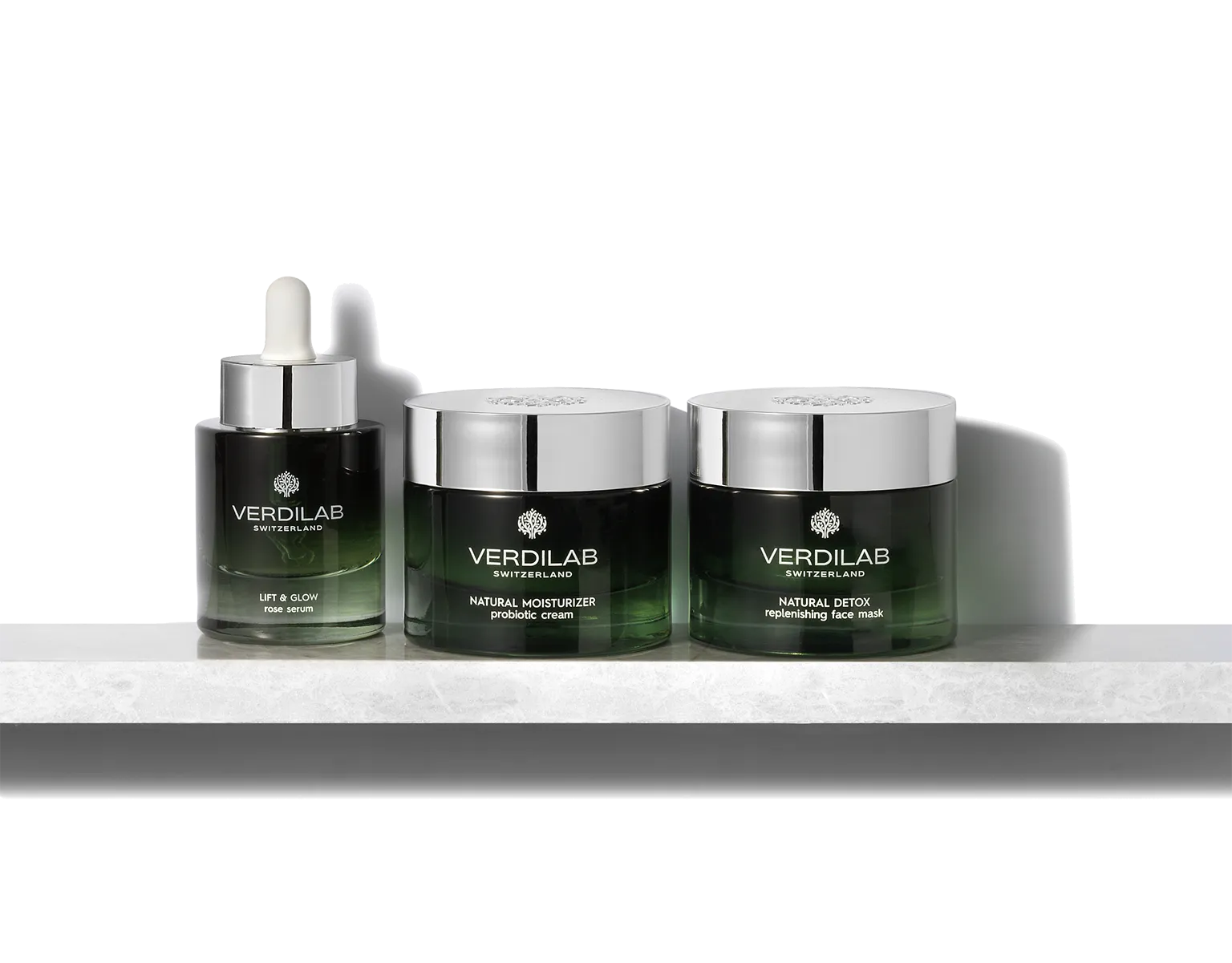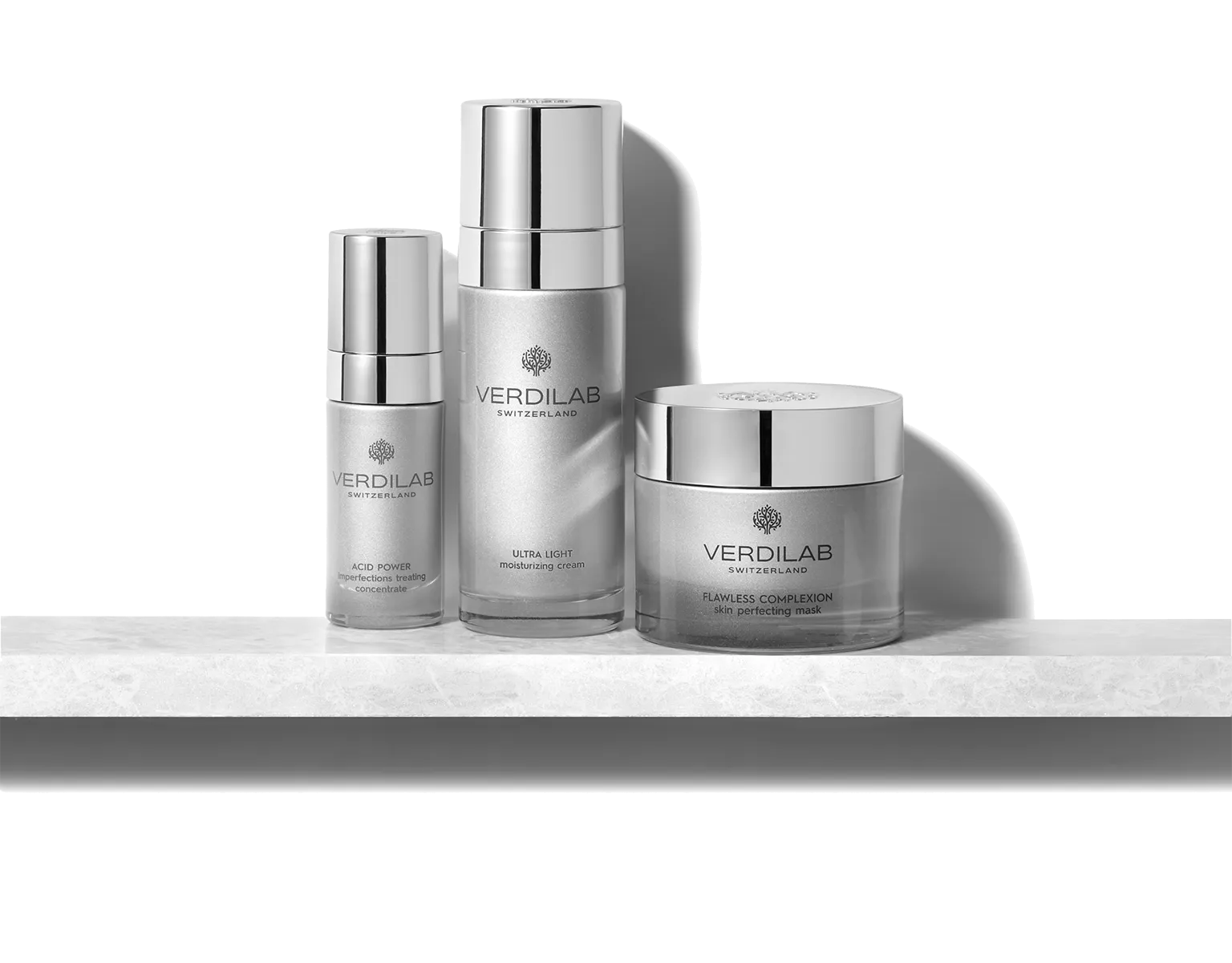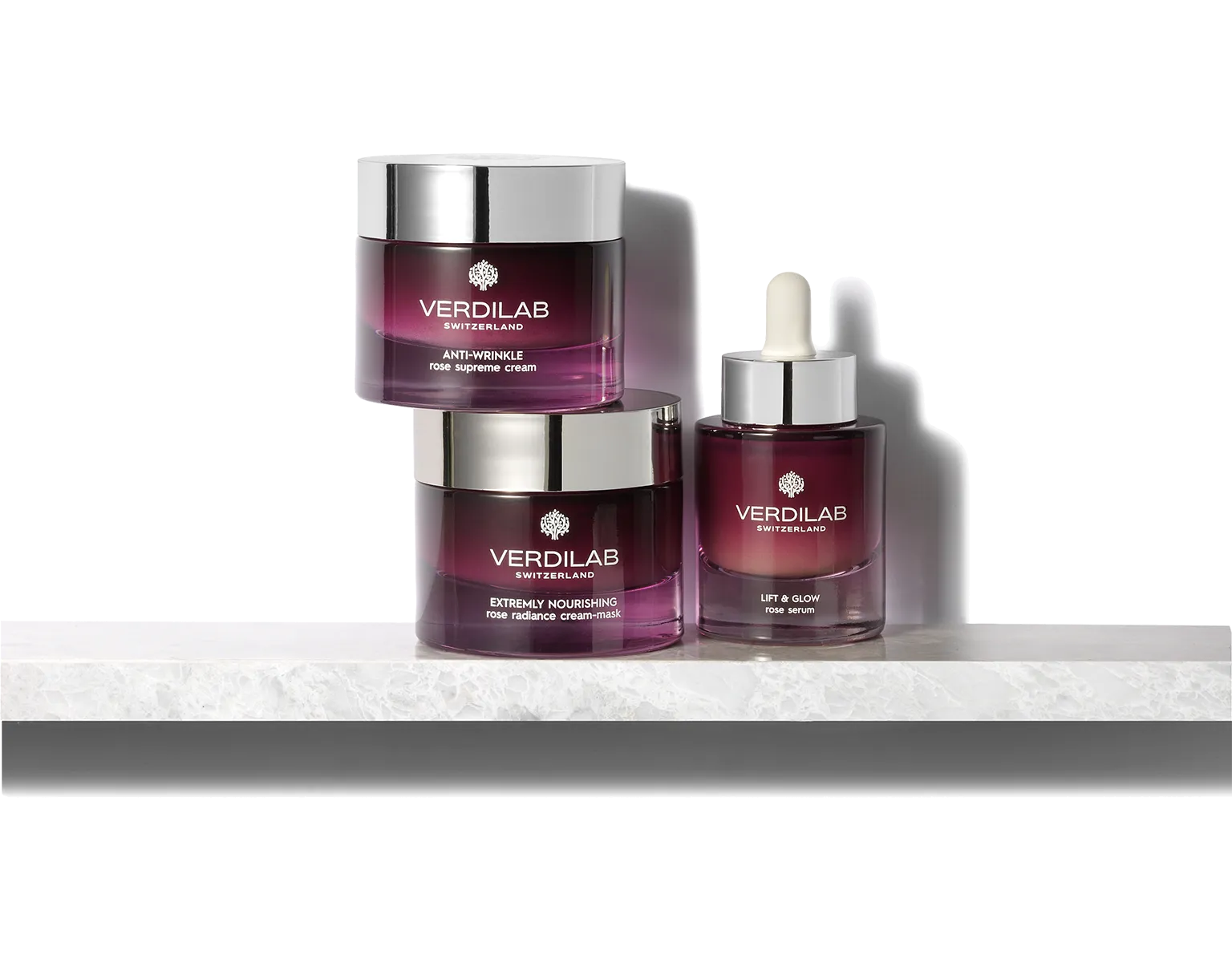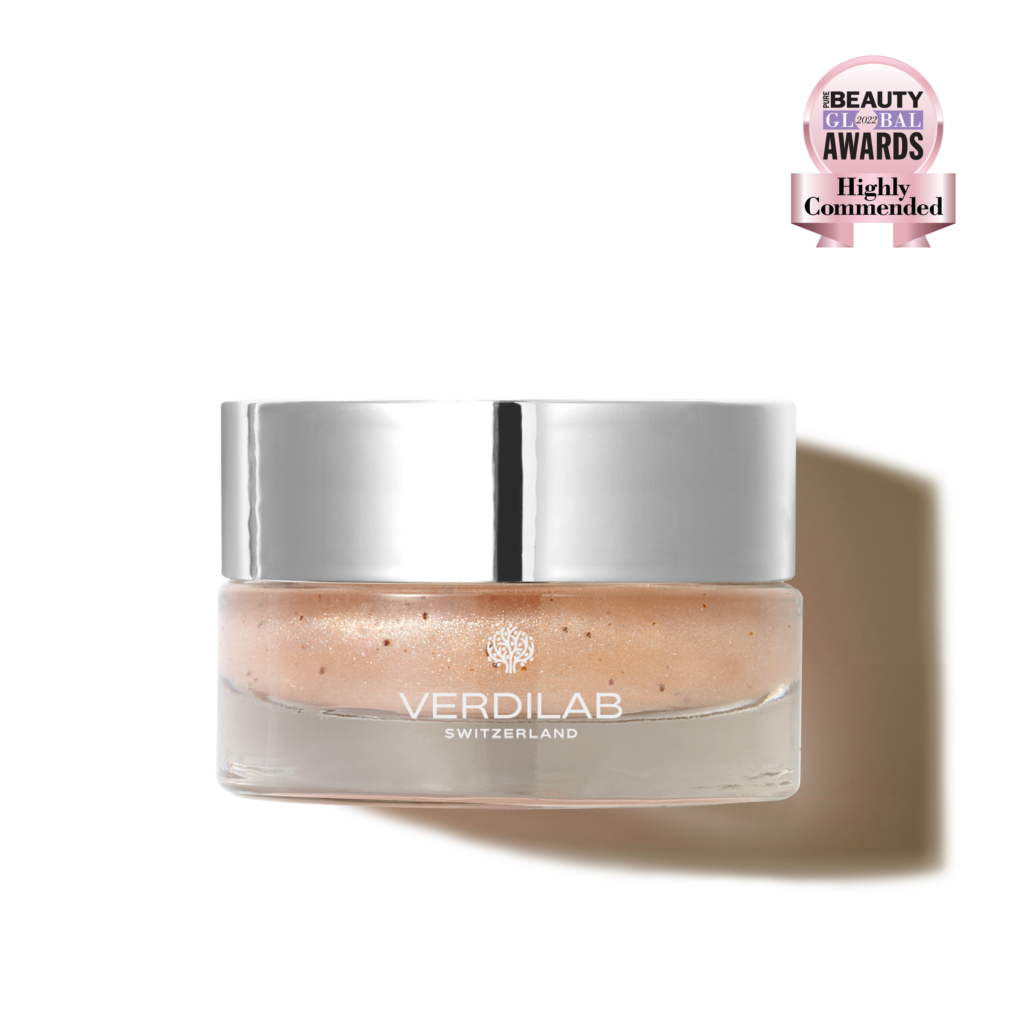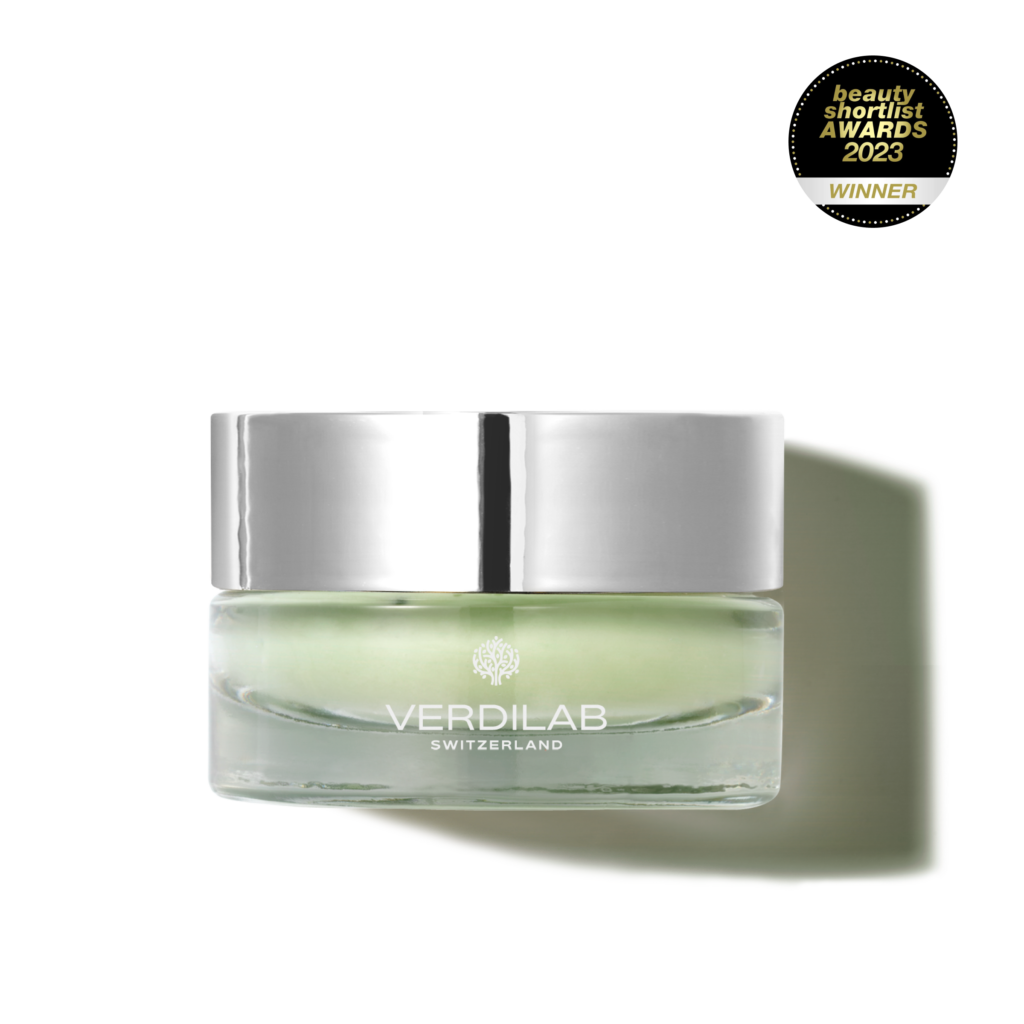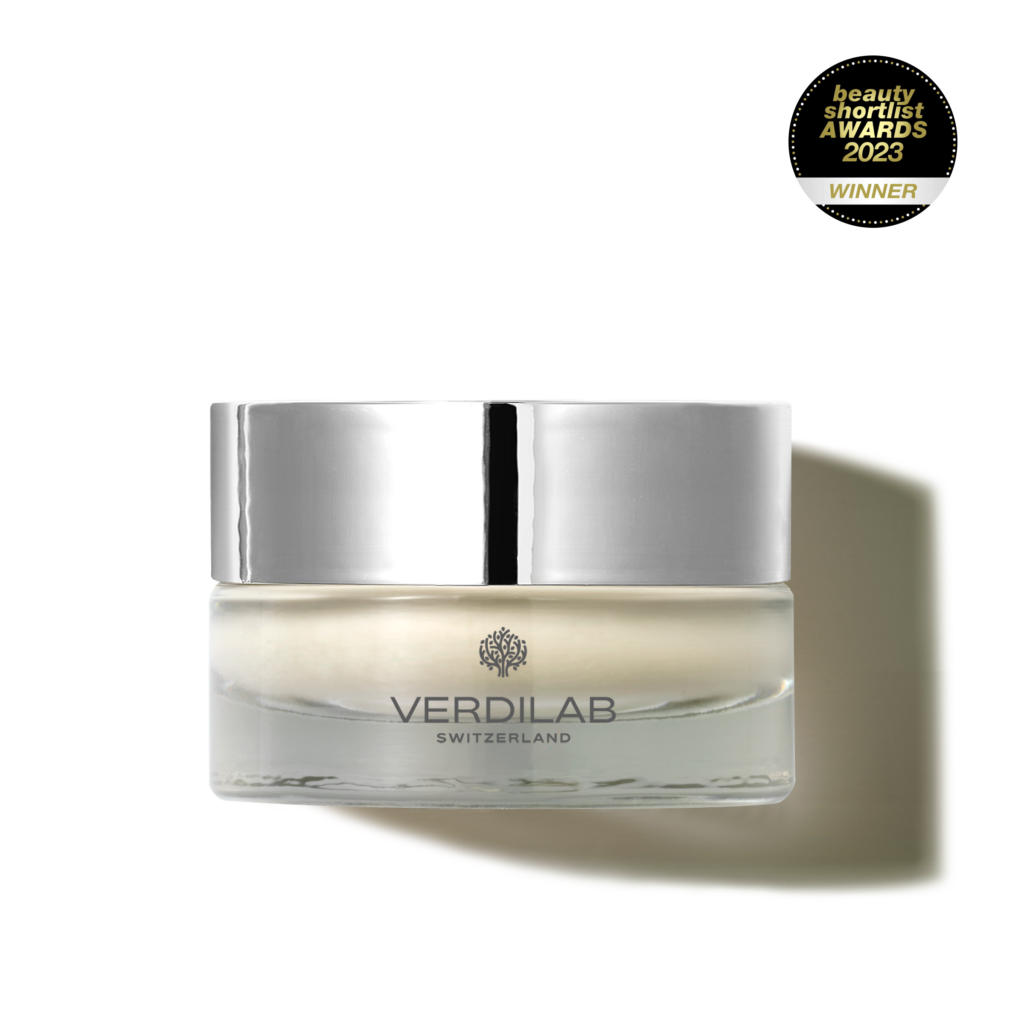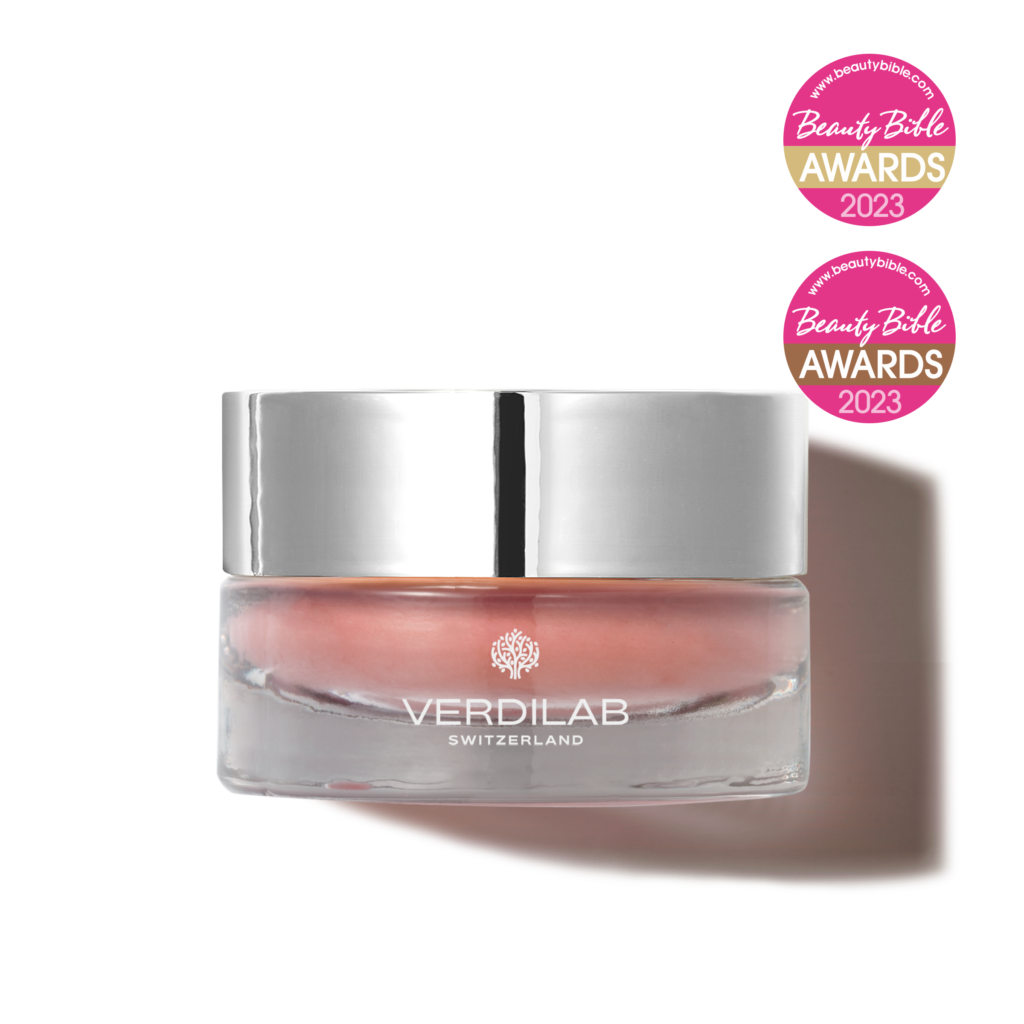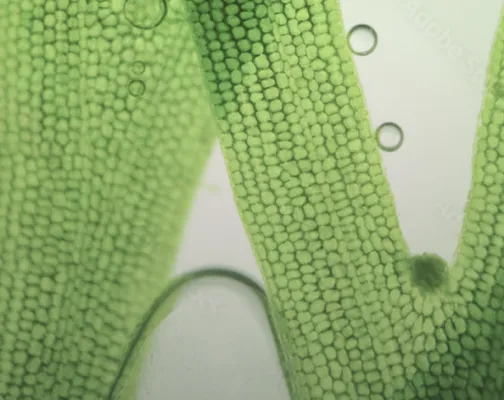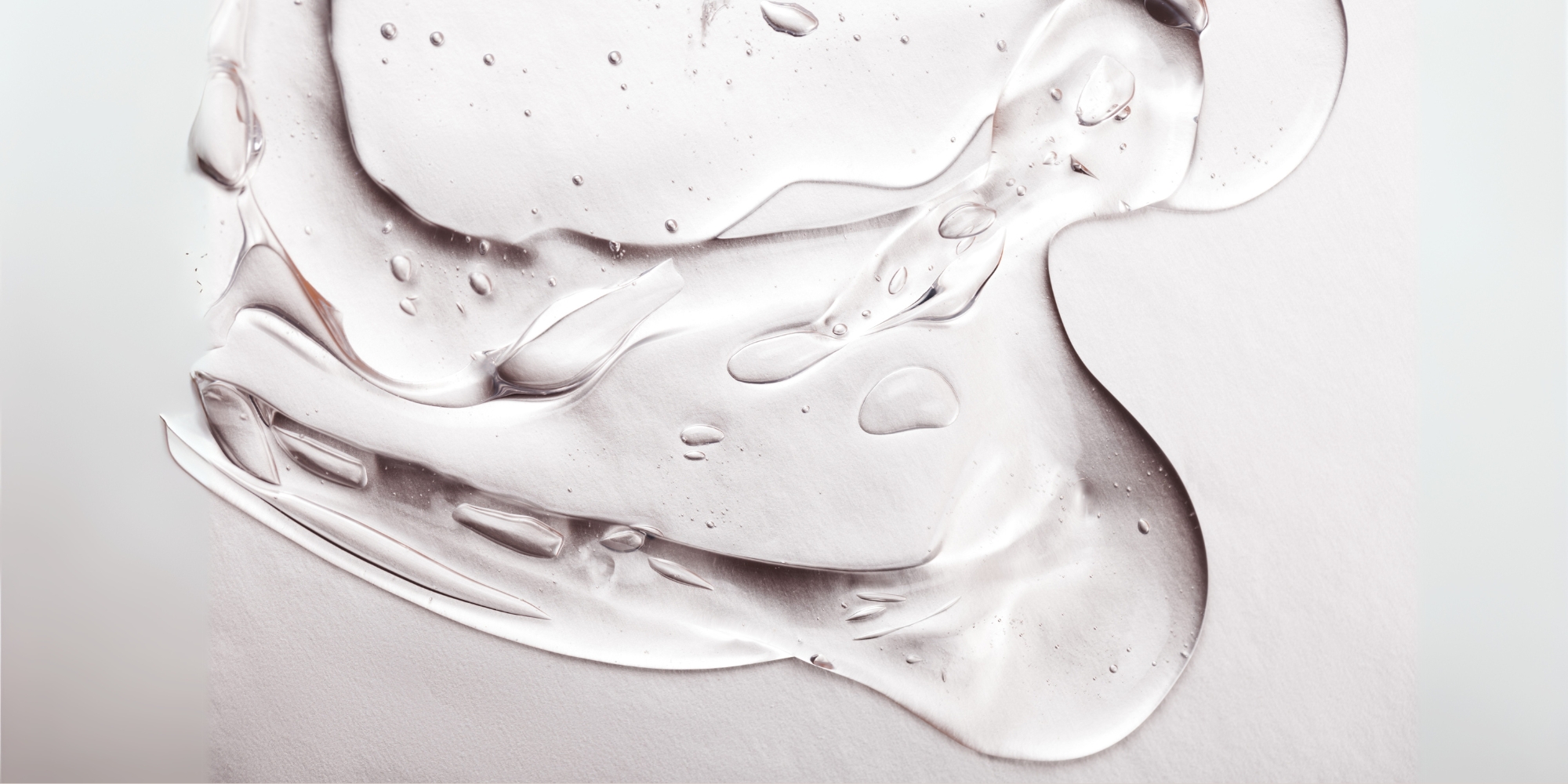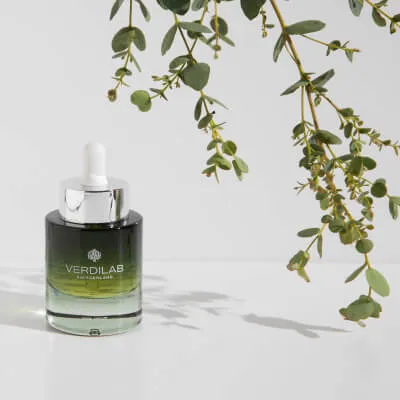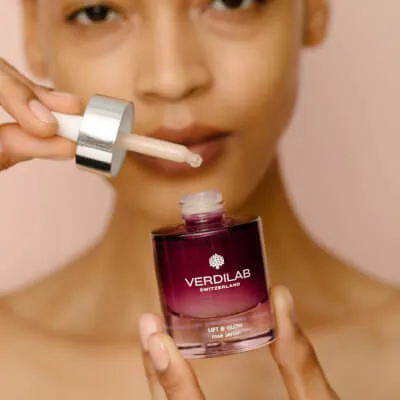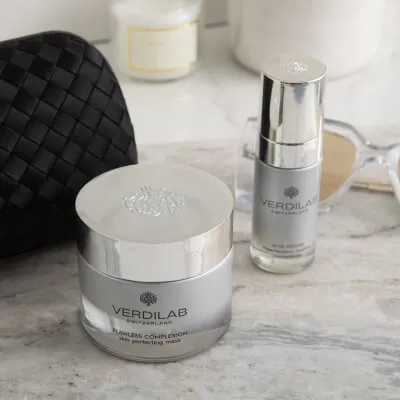Organic prickly pear seed oil is a unique and valuable addition to skincare. Extracted from the seeds of the prickly pear cactus, this oil is packed with nutrients that benefit the skin. It has gained popularity due to its moisturizing properties, high vitamin content, and ability to support skin health. In this article, we will explore its origins, benefits, and how to effectively incorporate it into your skincare routine.
Key Takeaways
-
Prickly pear seed oil is rich in vitamins A, E, and K, making it great for skin health.
-
It has strong moisturizing properties that help keep skin soft and hydrated.
-
The oil is extracted from the seeds of the prickly pear cactus, which requires a lot of seeds to produce a small amount of oil.
-
This oil is known for its anti-aging effects, helping to reduce the appearance of wrinkles.
-
Prickly pear seed oil is sustainable and supports biodiversity, making it a good choice for eco-conscious consumers.

Understanding Organic Prickly Pear Seed Oil
Origins and Cultivation
Organic prickly pear seed oil is derived from the seeds of the prickly pear cactus, scientifically known as Opuntia ficus-indica. This plant is native to Mexico but is now cultivated in various arid regions, including the southern United States and the Mediterranean. The oil is extracted from the seeds, which contain only about 5% oil, making it a rare and valuable product. The cultivation of prickly pear is sustainable, as it thrives in dry conditions and requires minimal water.
Extraction Process
The extraction of prickly pear seed oil is typically done through cold pressing, which helps retain its beneficial properties. This method involves mechanically pressing the seeds to release the oil without the use of heat or chemicals. The result is a high-quality oil that is rich in nutrients. The process is labor-intensive, requiring approximately one metric ton of fruit to produce just one liter of oil, contributing to its higher price point.
Nutritional Composition
Organic prickly pear seed oil is packed with essential nutrients, including:
-
Vitamins A, E, and K: These vitamins are crucial for skin health and regeneration.
-
Antioxidants: They help combat free radicals, reducing skin damage.
-
Fatty Acids: The oil is rich in linoleic acid (Omega 6), palmitic acid, oleic acid, and stearic acid, which are vital for maintaining skin moisture and elasticity.
|
Nutrient |
Amount per 100g |
|---|---|
|
Vitamin E |
150% more than argan oil |
|
Linoleic Acid |
High content |
|
Unsaturated Fatty Acids |
88% of total fat |
Organic prickly pear seed oil is not just a beauty product; it is a nourishing oil that supports skin health and hydration, making it a popular choice in skincare formulations.

Nutritional Profile of Organic Prickly Pear Seed Oil
Vitamins and Antioxidants
Organic prickly pear seed oil is rich in essential vitamins and antioxidants that contribute to skin health. Key vitamins include:
-
Vitamin E: A powerful antioxidant that protects the skin from free radicals.
-
Vitamin K: Supports skin healing and reduces dark circles.
-
Vitamin A: Promotes skin cell turnover and improves texture.
Essential Fatty Acids
The oil is particularly high in essential fatty acids, which are crucial for maintaining skin hydration and elasticity. The primary fatty acids found in prickly pear seed oil include:
-
Linoleic Acid (Omega-6): Approximately 60% of the oil’s composition, it helps maintain the skin’s moisture barrier.
-
Oleic Acid (Omega-9): About 20%, it aids in skin absorption and nourishment.
-
Palmitic Acid: Roughly 12%, it contributes to the oil’s moisturizing properties.
|
Fatty Acid |
Percentage (%) |
|---|---|
|
Linoleic Acid |
60 |
|
Oleic Acid |
20 |
|
Palmitic Acid |
12 |
Phytosterols and Polyphenols
Prickly pear seed oil also contains beneficial compounds such as phytosterols and polyphenols, which provide additional skin benefits:
-
Phytosterols: Help to reduce inflammation and improve skin barrier function.
-
Polyphenols: Offer antioxidant protection and may help in reducing signs of aging.
The unique combination of these nutrients makes organic prickly pear seed oil a valuable addition to skincare routines, promoting healthy and radiant skin.

Benefits of Organic Prickly Pear Seed Oil for Skin
Moisturizing Properties
Organic prickly pear seed oil is known for its outstanding moisturizing abilities. It contains high levels of essential fatty acids, particularly linoleic acid, which helps to maintain the skin’s moisture barrier. This oil can significantly reduce water loss, keeping the skin hydrated and soft.
Anti-Aging Effects
The oil is rich in antioxidants, including vitamin E, which helps to combat free radicals that contribute to skin aging. Studies have shown that prickly pear seed oil can help reduce the appearance of fine lines and wrinkles, making it a popular choice for those seeking to maintain youthful skin.
Skin Barrier Support
Prickly pear seed oil also supports the skin barrier, which is crucial for overall skin health. It contains phytosterols and polyphenols that help to soothe inflammation and calm irritation. This makes it beneficial for sensitive skin types, as it can help reduce redness and irritation.
|
Benefit |
Key Components |
Effect on Skin |
|---|---|---|
|
Moisturizing |
Linoleic Acid |
Reduces water loss |
|
Anti-Aging |
Vitamin E, Antioxidants |
Minimizes fine lines and wrinkles |
|
Skin Barrier Support |
Phytosterols, Polyphenols |
Soothes inflammation and irritation |
Organic prickly pear seed oil is a powerful ingredient that not only hydrates but also protects and rejuvenates the skin, making it a valuable addition to any skincare routine.
How to Use Organic Prickly Pear Seed Oil in Skincare
Daily Moisturizer
Organic prickly pear seed oil can be used as a daily moisturizer. To apply, simply take 3-5 drops and rub them in your hands before gently massaging the oil onto your face. This oil is silky and non-sticky, making it suitable for morning and evening routines. It can be used alone or mixed with your favorite moisturizer for added hydration.
Facial Serums
Incorporating prickly pear seed oil into your skincare routine can enhance the effectiveness of facial serums. For optimal results, apply 2-3 drops on damp skin after cleansing. This method helps to lock in moisture and nutrients, providing a balanced hydration effect. You can also mix it with a toner to create an emulsion, which increases absorption.
Combination with Other Products
Prickly pear seed oil can be combined with other skincare products for enhanced benefits. Here are some suggestions:
-
Mix with a moisturizer: Add a few drops to your regular moisturizer for extra nourishment.
-
Use in hair care: Apply to hair and nails for added shine and strength.
-
Layer with serums: Use it as the final step in your skincare routine to seal in moisture.
Prickly pear seed oil is a versatile ingredient that can be easily integrated into various skincare routines, providing numerous benefits for skin health.
|
Application Method |
Recommended Amount |
Benefits |
|---|---|---|
|
Daily Moisturizer |
3-5 drops |
Hydration, smoothness |
|
Facial Serums |
2-3 drops |
Enhanced absorption, moisture lock |
|
Combination with Moisturizer |
A few drops |
Extra nourishment |

Comparing Organic Prickly Pear Seed Oil to Other Oils
Argan Oil
Argan oil is well-known for its moisturizing properties and is often used in hair and skin care. It is rich in vitamin E and fatty acids, making it a great choice for hydration. However, it has a higher comedogenic rating, which means it may clog pores for some skin types.
Jojoba Oil
Jojoba oil closely resembles the natural oils of the skin, making it an excellent moisturizer. It is non-comedogenic, which means it is less likely to cause breakouts. Jojoba oil also has anti-inflammatory properties, making it suitable for sensitive skin.
Rosehip Oil
Rosehip oil is celebrated for its anti-aging effects and is rich in vitamins A and C. It helps in reducing scars and fine lines. However, it may not provide the same level of hydration as prickly pear seed oil, which is particularly beneficial for dry skin.
|
Oil Type |
Moisturizing Properties |
Comedogenic Rating |
Key Benefits |
|---|---|---|---|
|
Prickly Pear Seed |
High |
Low |
Antioxidant-rich, hydrates skin |
|
Argan Oil |
Moderate |
Moderate |
Rich in vitamin E, good for hair |
|
Jojoba Oil |
High |
Low |
Mimics skin oil, anti-inflammatory |
|
Rosehip Oil |
Moderate |
Low |
Anti-aging, reduces scars |
Prickly pear seed oil stands out due to its high antioxidant content, which protects the skin from environmental stressors. This makes it a valuable addition to any skincare routine.
In summary, while all these oils have their unique benefits, prickly pear seed oil is particularly effective for hydration and protection against free radicals. Choosing the right oil depends on individual skin needs and preferences.
Sustainability and Ethical Considerations
Environmental Impact
Organic prickly pear seed oil is not only valued for its skincare benefits but also for its sustainable sourcing. The cultivation of prickly pear cacti requires minimal water, making it an environmentally friendly crop. Additionally, the oil extraction process is often done using cold-press methods, which helps preserve the oil’s nutrients while reducing energy consumption.
Sustainable Farming Practices
The farming of prickly pear is typically carried out in arid regions, where other crops may struggle to thrive. This practice supports local economies and promotes biodiversity. Many producers engage in sustainable farming practices, such as:
-
Crop rotation to maintain soil health
-
Organic farming methods to avoid harmful pesticides
-
Community involvement in harvesting and processing, ensuring fair wages for workers
Fair Trade and Ethical Sourcing
The ethical sourcing of prickly pear seed oil is crucial for its market. Many brands prioritize fair trade practices, ensuring that farmers receive fair compensation. For instance, cooperatives of Moroccan Berber women are often involved in the production, which empowers local communities and promotes gender equality. This commitment to ethical sourcing not only benefits the producers but also enhances the quality of the oil.
The sustainable practices surrounding organic prickly pear seed oil highlight a growing trend in the beauty industry towards more responsible sourcing and production methods.
|
Aspect |
Description |
|---|---|
|
Water Usage |
Minimal compared to other crops |
|
Extraction Method |
Cold-pressed, energy-efficient |
|
Community Involvement |
Local cooperatives, fair wages |

Scientific Research on Organic Prickly Pear Seed Oil
Clinical Studies
Recent studies have highlighted the benefits of prickly pear seed oil in skincare. Research indicates that this oil is rich in vitamins, antioxidants, and essential fatty acids, making it a valuable addition to skincare routines. For instance, a study by Al Juhaimi et al. (2019) demonstrated that prickly pear seed oil can significantly improve skin hydration and elasticity.
Dermatological Findings
Dermatological research has shown that prickly pear seed oil possesses anti-inflammatory properties. This oil can help reduce skin irritation and redness, making it suitable for sensitive skin types. Additionally, its high content of linoleic acid (Omega 6) contributes to maintaining the skin’s barrier function, which is crucial for overall skin health.
Future Research Directions
Future studies should focus on:
-
Long-term effects of prickly pear seed oil on various skin conditions.
-
Comparative studies with other oils to establish its unique benefits.
-
Formulation research to explore its effectiveness in combination with other skincare ingredients.
The potential of prickly pear seed oil in skincare is vast, and ongoing research will likely uncover even more benefits.
|
Study |
Findings |
|---|---|
|
Al Juhaimi et al. (2019) |
Improved skin hydration and elasticity |
|
Koubaa et al. (2016) |
Antioxidant and antibacterial activities |
|
Chougui et al. (2013) |
Characterization of phenolic compounds |
In conclusion, the scientific community is increasingly recognizing the value of organic prickly pear seed oil in skincare, paving the way for its broader application in cosmetic formulations.
Potential Side Effects and Precautions
Allergic Reactions
While organic prickly pear seed oil is generally safe for most individuals, some people may experience allergic reactions. Symptoms can include:
-
Redness or irritation on the skin
-
Itching or burning sensations
-
Swelling in the affected area
If you have a known allergy to prickly pears or similar fruits, it is advisable to avoid using this oil altogether.
Skin Sensitivity
Individuals with sensitive skin should exercise caution. It is recommended to perform a patch test before full application. To do this:
-
Apply a small amount of undiluted oil to your wrist.
-
Wait for 24 hours to observe any adverse reactions.
-
If irritation occurs, discontinue use immediately.
Proper Storage
To maintain the oil’s quality and effectiveness, proper storage is essential. Here are some tips:
-
Store in a cool, dark place, preferably in the refrigerator.
-
Use within 1 to 2 years of purchase or by the expiration date on the label.
Organic prickly pear seed oil is beneficial for skin health, but it is crucial to be aware of potential side effects and take necessary precautions to ensure safe usage.
Summary Table of Precautions
|
Precaution |
Description |
|---|---|
|
Allergic Reactions |
Avoid if allergic to prickly pears. |
|
Skin Sensitivity |
Conduct a patch test before use. |
|
Proper Storage |
Keep in a cool, dark place; use within 1-2 years. |

Conclusion
In summary, organic prickly pear seed oil is a remarkable ingredient in skincare. Extracted from the seeds of the prickly pear cactus, this oil is rich in vitamins and antioxidants that help nourish and protect the skin. Its lightweight texture makes it suitable for all skin types, including sensitive skin. Regular use can lead to softer skin, reduced wrinkles, and a healthy glow. As more people discover its benefits, prickly pear seed oil is becoming a popular choice for those seeking natural skincare solutions.
Frequently Asked Questions
What is organic prickly pear seed oil?
Organic prickly pear seed oil comes from the seeds of the prickly pear cactus. It’s known for being rich in vitamins and good for the skin.
How is prickly pear seed oil extracted?
The oil is extracted by pressing the tiny seeds of the prickly pear fruit. This process takes a lot of seeds and time, making the oil rare and valuable.
What are the benefits of using prickly pear seed oil on skin?
It helps to moisturize the skin, reduce signs of aging, and support the skin’s natural barrier.
Can I use prickly pear seed oil every day?
Yes, you can use it daily. Just a few drops can help keep your skin hydrated and healthy.
Is prickly pear seed oil suitable for all skin types?
Yes, it’s gentle and can work well for all skin types, including sensitive skin.
How do I choose a good quality prickly pear seed oil?
Look for cold-pressed, organic oil from trusted brands to ensure you’re getting the best quality.
What are some ways to use prickly pear seed oil?
You can use it as a moisturizer, in facial serums, or mix it with other skincare products.
Are there any side effects of using prickly pear seed oil?
Most people can use it without issues, but it’s always good to do a patch test first to check for any allergies.

